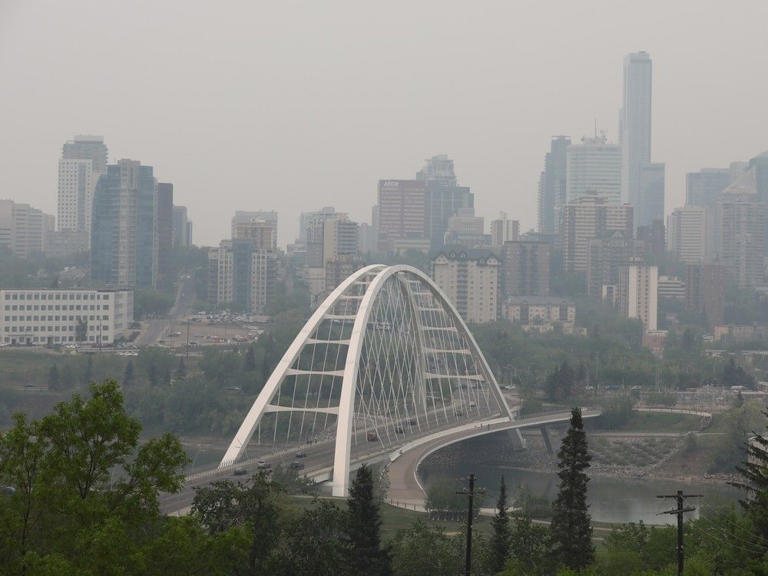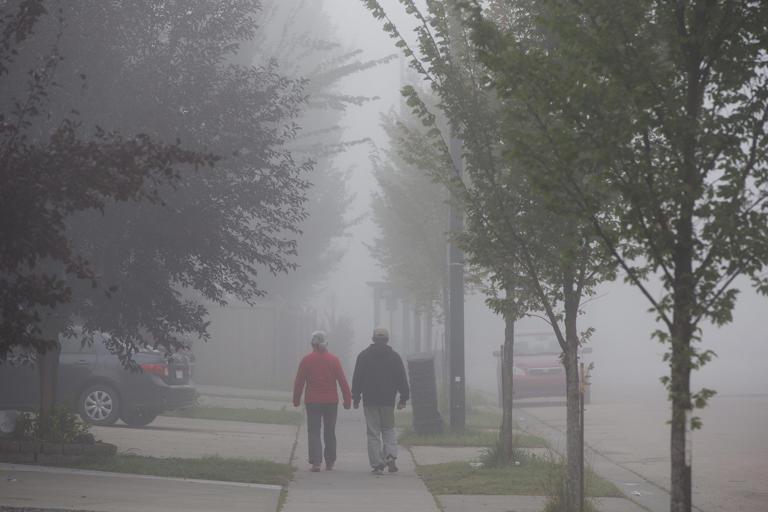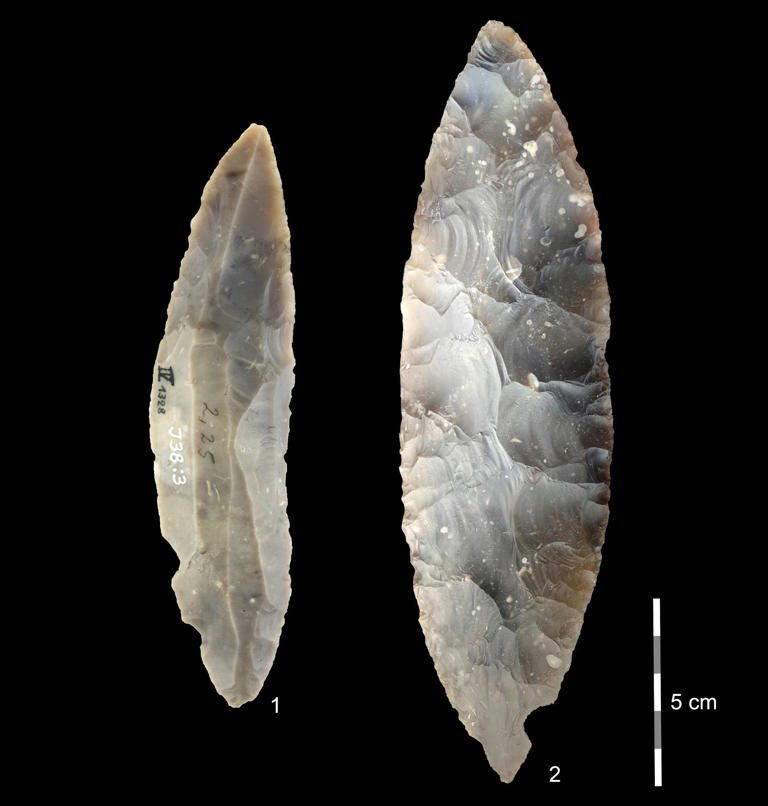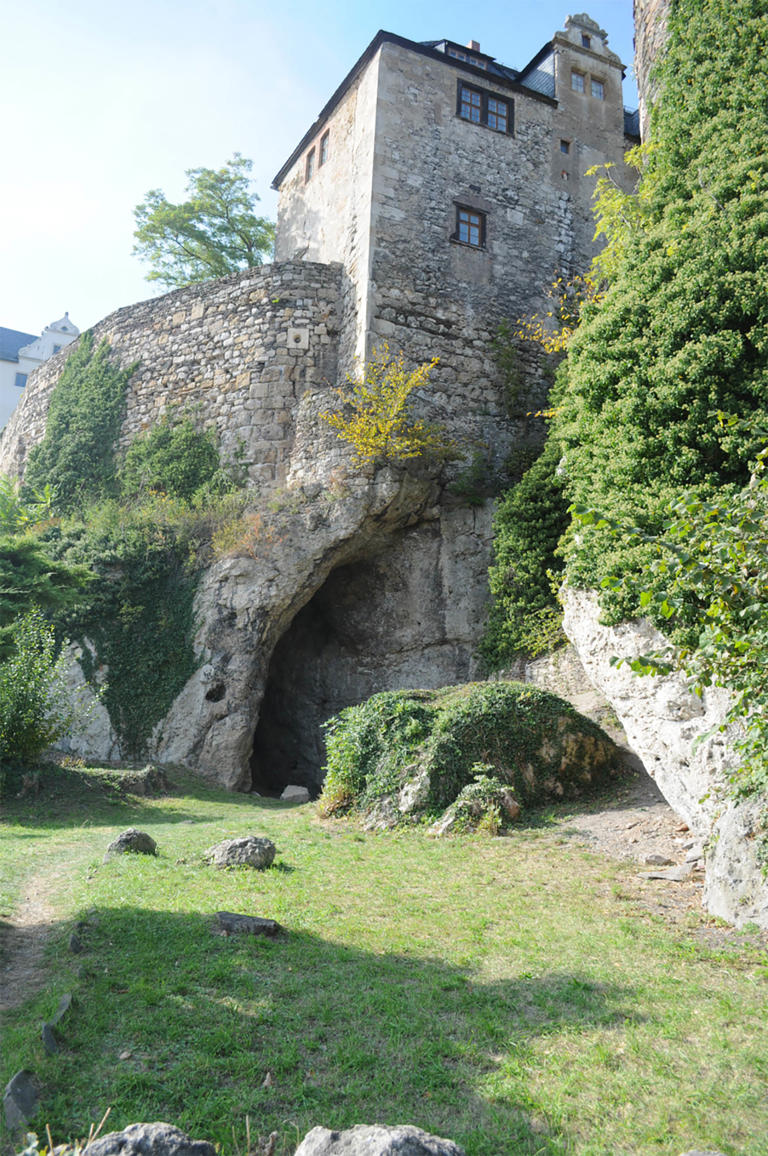Story by Staff Reporter • Ottawa Citizen

Thousands of Palestinian supporters joined together to protest on Ottawa streets Saturday. Starting on Parliament Hill, they marched west on Wellington Street to Bank Street and through the downtown core.© Provided by Ottawa Citizen
Thousands of pro-Palestinian demonstrators marched on Parliament Hill on Saturday in one of the largest such rallies in Ottawa since the Israeli invasion of Gaza began in October.
Braving rain and a biting late-winter wind, the group marched up Wellington Street behind a banner that said “End the Genocide in Gaza.” Waving the ubiquitous green, red, white and black Palestinian flag and banging drums, the group demanded an arms embargo and political sanctions on Israel and an immediate reinstatement of funding to the UNRWA, the United Nations Relief and Work Agency.
On Friday, Canada announced it would resume funding to UNRWA, which it had suspended in late January after reports that UNRWA workers were involved in the Oct. 7 Hamas terror attack on Israel.
International Development Minister Ahmed Hussen said Friday said that UNRWA played a “critical role” supporting Gaza’s two million residents, but added there must be “zero tolerance” for terror in the agency.
Saturday’s March for Gaza on Parliament Hill was one of dozens of similar rallies around the world. The Ottawa march drew busloads of demonstrators from Montreal, Toronto and elsewhere. Police closed Wellington Street during the protest. Numerous fireworks were set off as well as red and green smoke grenades.
Police and city bylaw officers stood nearby, but there were no arrests.

Palestinian supporters joined together to protest in Ottawa on Saturday. Starting on Parliament Hill, the participants then marched west on Wellington Street to Bank Street and through the downtown core. It was the largest such rally since Israel’s invasion of Gaza in October.© Ashley Fraser

Palestinian supporters joined together to protest in Ottawa on Saturday. Starting on Parliament Hill, the participants then marched west on Wellington Street to Bank Street and through the downtown core. It was the one of the largest such rallies since Israel’s invasion of Gaza in October.© Ashley Fraser

Palestinian supporters joined together to protest in Ottawa on Saturday. Starting on Parliament Hill, the participants then marched west on Wellington Street to Bank Street and through the downtown core. It was the one of the largest such rallies since Israel’s invasion of Gaza in October.© Ashley Fraser

Palestinian supporters joined together to protest in Ottawa on Saturday. Starting on Parliament Hill, the participants then marched west on Wellington Street to Bank Street and through the downtown core. It was the one of the largest such rallies since Israel’s invasion of Gaza in October.© Ashley Fraser

Palestinian supporters joined together to protest in Ottawa on Saturday. Starting on Parliament Hill, the participants then marched west on Wellington Street to Bank Street and through the downtown core. It was the one of the largest such rallies since Israel’s invasion of Gaza in October.© Ashley Fraser

Palestinian supporters joined together to protest in Ottawa on Saturday. Starting on Parliament Hill, the participants then marched west on Wellington Street to Bank Street and through the downtown core. It was the one of the largest such rallies since Israel’s invasion of Gaza in October.© Ashley Fraser

Palestinian supporters joined together to protest in Ottawa on Saturday. Starting on Parliament Hill, the participants then marched west on Wellington Street to Bank Street and through the downtown core. It was the one of the largest such rallies since Israel’s invasion of Gaza in October.© Ashley Fraser

Palestinian supporters joined together to protest in Ottawa on Saturday. Starting on Parliament Hill, the participants then marched west on Wellington Street to Bank Street and through the downtown core. It was the one of the largest such rallies since Israel’s invasion of Gaza in October.© Ashley Fraser


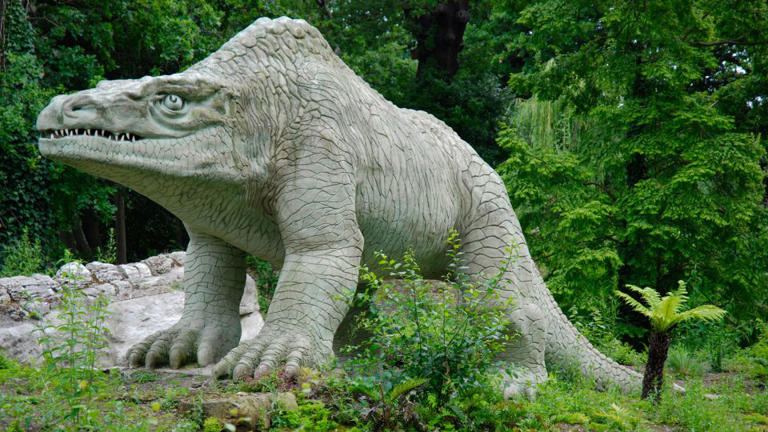
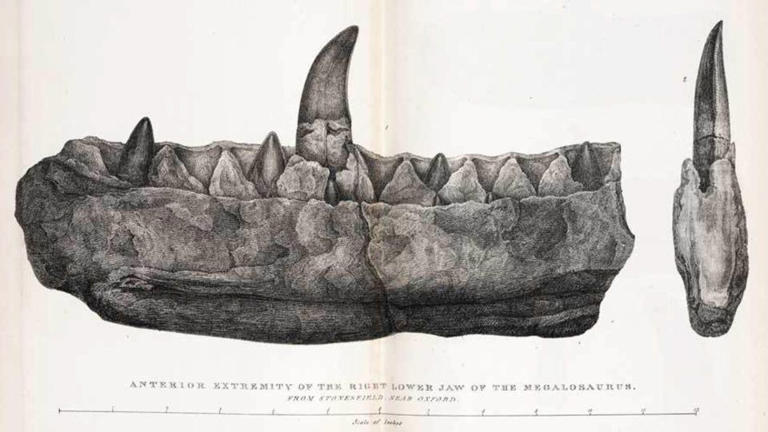




 Global News
Global News